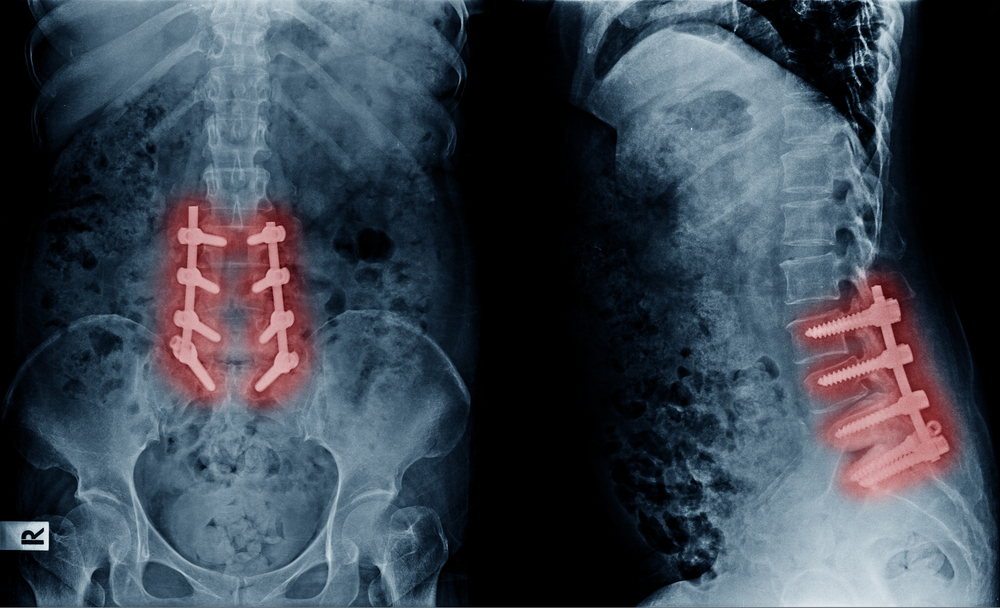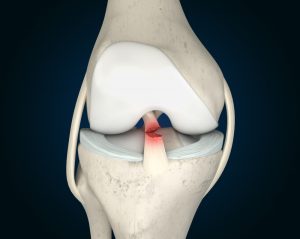Is Surgery The Best Route For Back Pain?
To follow on from the blog from last week regarding spinal injections it is only right to talk about spinal surgery, what it is and when it is suitable.
Firstly, if you talk to any spinal surgeon they will try and avoid spinal surgery at all costs, the reason is because of the low success rate with surgery. The risk is also high when you must operate on the spine due to the proximity of the spinal cord.
Why is it that spinal surgery has low success rates and knee, or hip replacements have great success rates? Well firstly we cannot replace your spine with a prosthetic. The spine is very moveable and can move in all directions, it is an incredible piece of kit when it works well. But when it doesn’t it can cause numerous issues.
One of the most common injuries in the back we see is a disc prolapse, it can cause havoc with the back and sciatic pain in the legs when it is pressing on the nerve. It can cause mobility issues and the pain is extreme.
We want to try everything from a conservative perspective to get the spine in the best position without having to use injections or surgery. Most of the time we can get great results with disc prolapses, however if the disc is beyond repair, then very often the only option is surgery.
I would always try everything beforehand though, Chiropractic adjustments, decompression therapy, exercise rehabilitation, acupuncture as well. If we cannot get a resolution, then the disc is beyond conservative repair, and we need to move towards injections and surgery.
Risks of surgery?
- Making an incision in the body always creates a risk of infection.
- It may get worse as it complicates the mechanics of the rest of the spine.
- Due to the proximity of the spinal cord, it can cause neurological issues like paralysis or numbness long term in the legs
What types of surgery could you do?
Some common surgical procedures for back pain include:
- Discectomy – This procedure involves removing part of the herniated disc that’s compressing the nerve.
- Spinal fusion – This procedure involves fusing two or more vertebrae together to stabilise the spine and reduce pain.
- Laminectomy – This procedure involves removing part of the bony arch (lamina) of the vertebrae to relieve pressure on the spinal cord or nerve roots.
- Artificial disc replacement – This procedure involves removing the damaged disc and replacing it with an artificial one.
Micro Discectomy is the most common form of spinal surgery because it poses the least risk and provides some of the best results. The surgeon will take off a section of the disc that is pressing on the nerve. This is great as it will take the pressure off the nerve and help with the pain, however the reason the disc prolapsed in the first place is still there and it will only be a matter of time before more disc material comes out and causes an issue again.
This is why we often see people who have had discectomy for pain in their right leg and two years later it is their left leg that has sciatica in it.
If you are considering surgery I would always try and talk to as many people before hand and get a group of opinions to understand your options.
If you do know someone who wants more advice, please send them our details. You can send them this blog and they can request a free copy of our book which has posture related exercises in it as well. Click here for FREE book.
What we treat at West Chiropractic:
Our chiropractic locations


